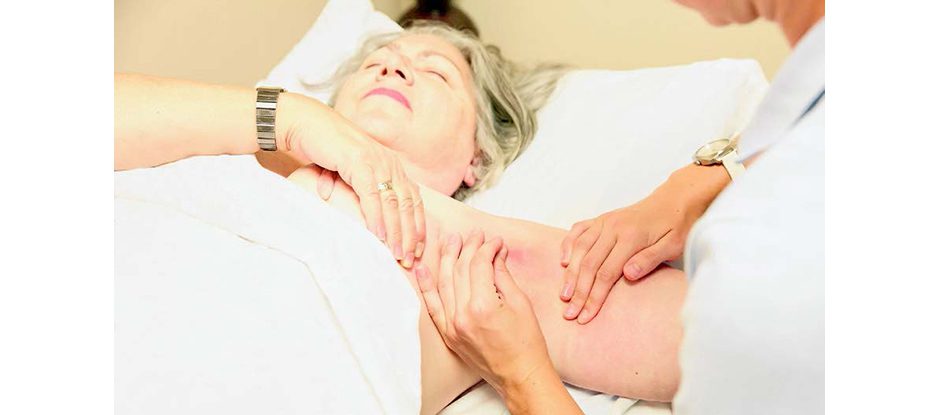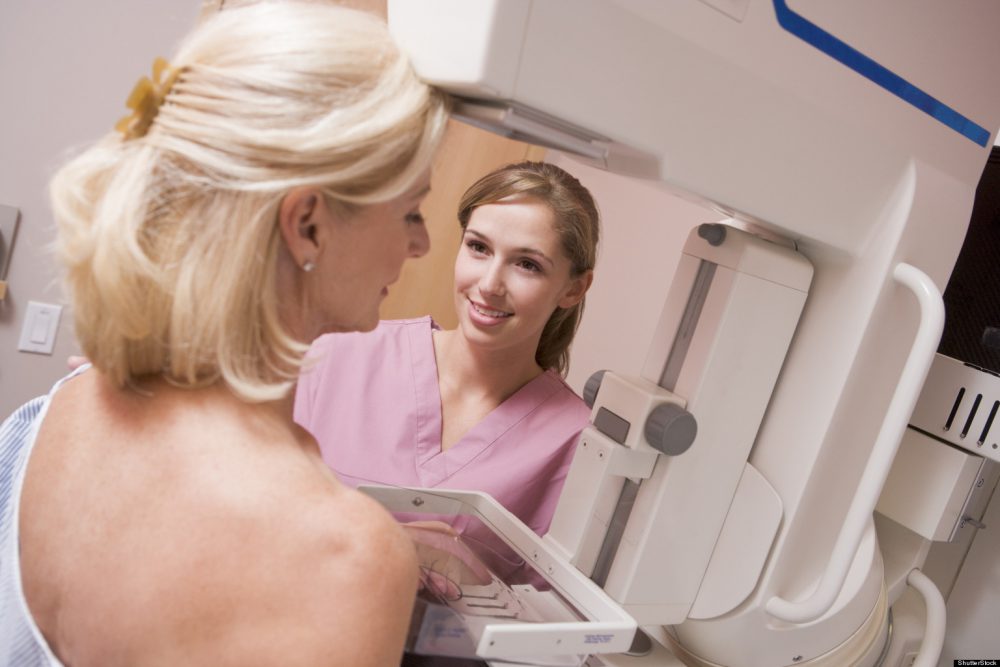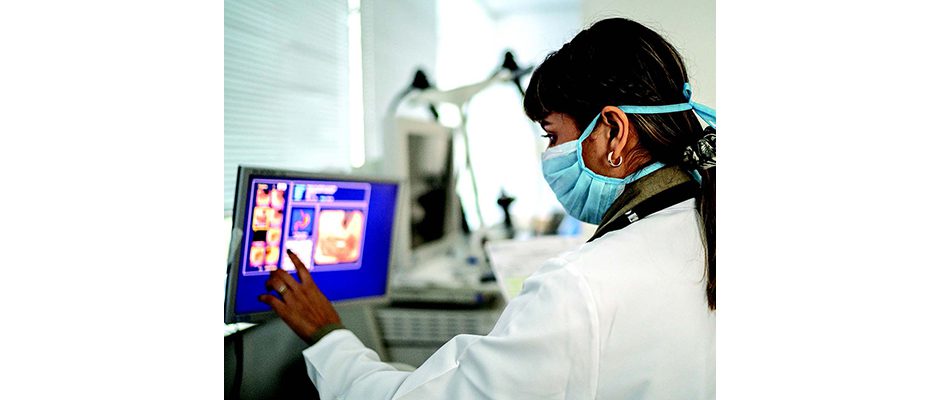
[This piece was written by Sandra Sanderson, MSPT, CLT-LANA, a physical therapist with St. Peter’s Physical Rehabilitation.]
In general, healthy skin is impermeable to bacteria. Any defect in the skin, however – whether from trauma, heat, or skin puncture – can be an entryway for pathogens. For individuals suffering from lymphedema, the risk of infection is even greater.
Lymphedema results from the inability of the lymphatic system to remove water and protein from the tissues in a certain portion of the body. There are two types of lymphedema:
- Primary lymphedema is caused by abnormalities in the development of the lymphatic system in utero.
- Secondary lymphedema results from damage to the lymphatic system such as the removal of lymph nodes in cancer surgery, trauma, burns or infection.
Because lymphedematous tissues are saturated with protein-rich fluids, they serve as an ideal breeding ground for germs. Serious skin infections, known as cellulitis, can occur that require immediate medical attention and antibiotics.
Patients who suffer from lymphedema are particularly prone to infections of the skin and nails. To reduce the chance of infection, follow proper skin care techniques:
- Practice good hygiene to reduce the amount of fungus and bacteria on the skin.
- Inspect skin for cracks, fungal infections and rashes.
- Dry skin thoroughly, especially web spaces (between fingers and toes) and skin creases.
- Use a low pH moisturizer, preferably free of alcohol and fragrance, to reduce skin cracks and dryness. Moisturize after washing hands and showering/bathing.
- If you undergo radiation therapy, be sure to apply the ointment recommended by your physician to those areas that are reddened. Avoid chlorinated pools and direct sun exposure.
Since lymphedema is progressive and chronic, the diagnosis by a physician experienced with the treatment of lymphedema at the earliest stage possible is critical. Lymphedema has no cure, but the chronic swelling and skin changes that come with lymphedema can be successfully managed when properly diagnosed and treated.
Complete decongestive therapy is the gold standard for treatment in reducing the limb size and improving skin quality. Properly fitted compression garments are a crucial tool in controlling lymphedema and reducing skin changes.
Obesity increases the risk of lymphedema, so proper nutrition and a well-balanced diet are highly recommended. A low-salt, low-fat, high-fiber diet has multiple benefits for most individuals managing the effects of their lymphedema.
St. Peter’s Health Partners Patient Therapies has a variety of outpatient physical therapists at locations throughout the Capital District, accepting all insurances and providing quality one-on-one treatment. Our staff works closely with your oncology and/or primary care team to monitor your skin, looking for changes that could lead to infection or additional issues.
If you are seeking treatment for lymphedema, our therapists have received specialized training in manual lymph drainage and compression bandaging. We have the longest operating lymphedema management program in the Capital District.
For information, please call 518-268-5749 or visit us at www.sphp.com/patient-therapies





